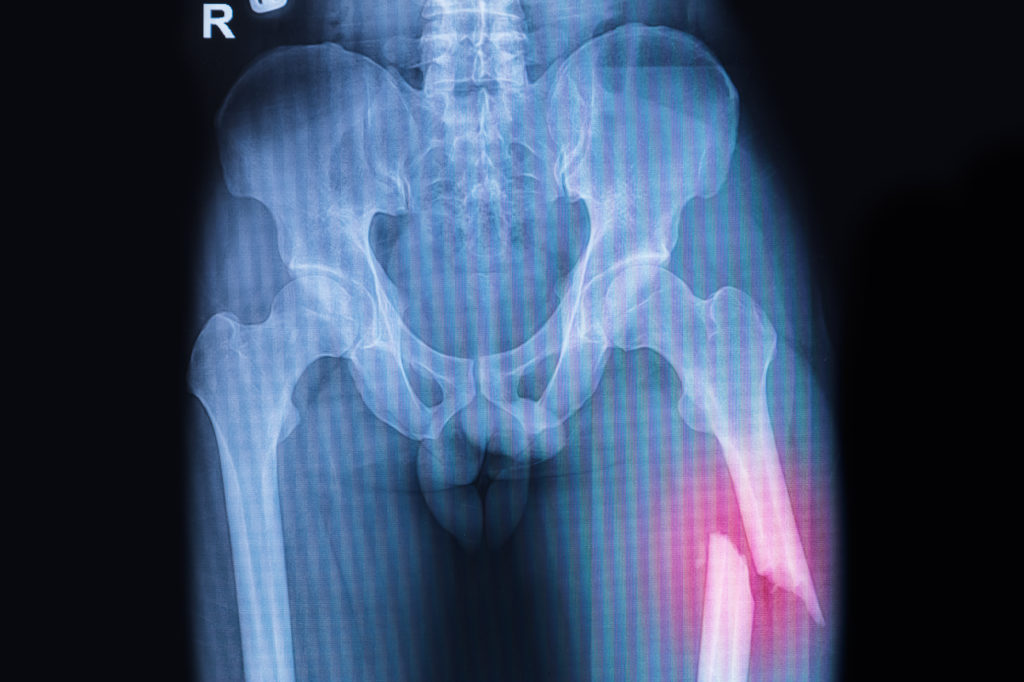Back Pain Management Unit
About 80% of adults in India experience back pain at some point in their lifetime. It can be due to many reasons such as poor posture, sedentary lifestyle, injuries, acquired conditions and diseases, infections, tumours, etc.
The Back Pain Management Unit Sanjay Fracture Clinic offers comprehensive services to manage back pain varying from simple lower back pain, caused by a range of sprains and strains to acute and chronic back pain that may last for a few weeks or months. We specialize in treating back pain even after an initial injury or uprooting the underlying cause of low back pain.
To learn what is causing back pain, the doctor will ask you a few questions about your medical history or lifestyle and advise you to do a physical examination for low back pain, which includes

